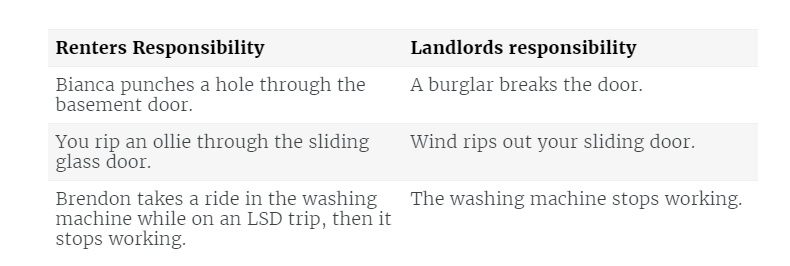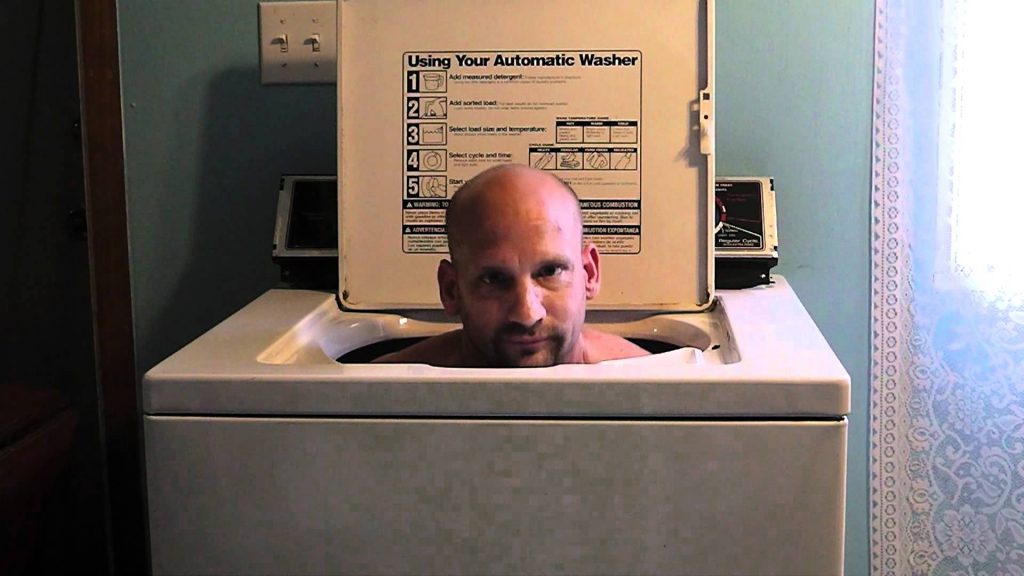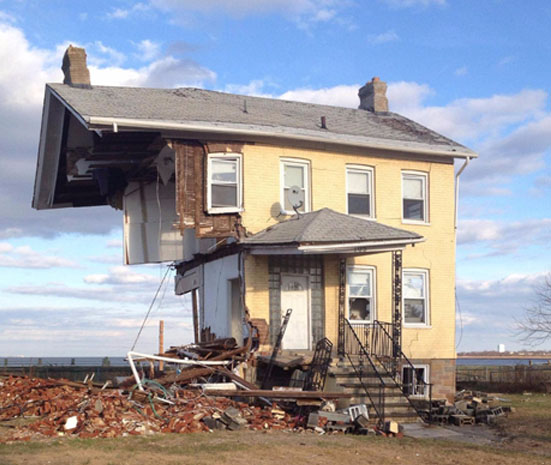7 ‘Need to Knows’ of Flatting in New Zealand
15 SEPTEMBER 2016
1. Landlords are Responsible for Fair Wear and Tear
It’s always a bit shit when things break. No one really wants to claim responsibility and say what really happened. But at the end of the day, someone needs to get it fixed, and that means someone has to pay.
So who is responsible for what?
Landlords are responsible for any damages that can be attributed to fair wear and tear, burglaries or natural events.
Renters are responsible for any damages they or their guest’s cause.
Here’re a couple of examples to get the point across:


“Brendon, please get out of the washing machine”
2. Report Damages ASAP
As soon as damage occurs in your flat where the landlord is responsible, you need to report it. If a window breaks, and then in the 2 weeks it takes you to report it your carpet gets ruined by rain, you are probably going to be out of pocket. Your landlord will still be responsible for the window though.
If you report the damage as soon as it happens, and then the landlord takes 2 weeks to fix it, any additional damages to their property or your goods will be their responsibility.
Flatfish is here to help with this though. Simply lodge your issue online, and we’ll get it sorted. Our process fastracks the communication between you and your landlord or property manager, and the tradie – plus you’ll be kept in the loop every step of the way.

3. When things don’t get fixed – 14 Day Notices
Landlord taking their sweet time to fix a maintenance issue?
After ample texts and calls, you’re well within your rights to issue them with a 14 Day Notice Remedy to Repair (here’s a template you can use). This informs the landlord or property manager that you may apply to the tenancy tribunal if the issue is not resolved within 14 days. Legally speaking, it’s your best call of action as it often gets a response from the landlord.
If that doesn’t get them calling back, the tenancy tribunal may offer compensation for having to live with the damages or even a rent reduction. If you need to apply to the tenancy tribunal, you can do that online, just follow this link. It costs $20.44 to apply.
No matter what happens, it’s always best to maintain friendly communication and don’t stop paying rent unless you’ve organised this with the landlord (which is sometimes possible). Not paying rent will only put you in the wrong in the eyes of the tenancy tribunal, and piss off your landlord.

“Hey. Plz call back. The hole in Jimbo’s wall is getting out of control!!”
4. Property Inspections – 48Hrs Notice
A landlord or property manager must provide at least 48 hours notice before a property inspection and at least 24 hours notice to carry out repairs. They also must wait at least 4 weeks between inspections, unless it’s a follow up after an unsatisfactory inspection.
If a landlord or property manager tries to organise an inspection with less than 48 hours notice, try set another time that better suits you. If they decline, you’re within your rights to take the matter to the tenancy tribunal, where you’ll be very likely to win the $20 (and 44 cents) application fee back, plus compensation.

Where is your furniture you slimy bastards.
5. Photo Evidence is King
When you move in, take photos of EVERYTHING. If an issue arises you’ll be protected by having photo evidence, which you can provide to the landlord or tenancy tribunal if you have to. It’s a really good idea to store these online so you don’t lose them by the time your tenancy ends.
For issues it’s also a great idea to take photos of the problem, if you need to claim for compensation or a rent reduction, this will be your saving grace. Luckily, Flatfish has made it easy as to store photos of issues.

“Every time I turn off the lights there’s this weird glow from coming from the bathroom.”
6. Mould and Moisture – Preventing & Removing it
Before being rented out, all houses must be in a reasonable state of cleanliness, which means no mould or dampness. However often tenancies start during summer, so when winter rolls in, so does the mould and moisture.
Here’s a couple of tips to prevent mould/dampness:
– Regularly air out the house by opening windows
– Keep lids on pots when cooking
– Hang washing outside, rather than on clothes-horses inside
– Pull beds and furniture away from walls so they can breathe
– Keep the shower curtain hanging inside the shower or bath so water doesn’t drip on the floor
Already got mould and need it gone? You can use white vinegar in a spray bottle to kill it. Spray it onto the surface, leave it for an hour, then wipe it clean with water. This should do the trick for most types of mould.

Oh god… The mould… It’s coming…
7. Lodging & Getting Your Bond Back
When lodging the bond the landlord can’t charge more than 4x the weekly rent for the property. It must be lodged within 23 days from receiving the money, and you should receive an email from the DHB to notify you when it’s been lodged. If the landlord doesn’t lodge it, you can take them to the tenancy tribunal. Adjudicators HATE this offence, as they get paid from the interest on the bond money. The landlord will often be made to pay you anything between $100 – $1000 for this offence.
It can be a massive pain to get your bond money back at the end of your tenancy. For damages, the same rules as before apply: landlord is responsible for fair wear and tear, the tenant is responsible for intentional or careless damage. Landlords can claim for damages the tenant is responsible for off the bond, as well as unpaid rent, missing items or unfinished cleaning or gardening.

That feeling when you get to the end of your tenancy and don’t get your bond back.
If a landlord hasn’t given your bond back, you can fill out a bond refund form.
Get your landlord to sign it if you can, if you can’t then leave the landlord section blank. Tenancy services will get in contact with your landlord to confirm they agree with the refund.
After receiving the bond refund form, if the landlord:
– replies and agrees – the bond will be paid
– doesn’t reply by a certain date – the bond may still be paid
– replies and disagrees – the bond won’t be paid
If you and the landlord can’t agree on the bond refund, your next port of call is either mediation or the tenancy tribunal.
Mad thanks to Flatfish for sending us this! for more helpful flatting tips head over to their facebook page

Link to the blog post and more here — > https://blog.flatfish.co.nz/7-need-to-knows-of-flatting-in-new-zealand/
Latest posts by Nic (see all)
- Hexx – Giveaway! - December 19, 2025
- Coolest Office ever? - December 18, 2025
- Motorcycle towing? - December 2, 2025
- Bloke of The Apocalypse - November 4, 2025
 THE EMPIRE
THE EMPIRE







